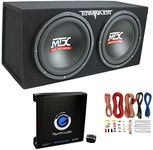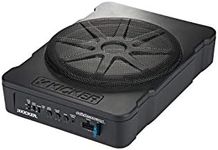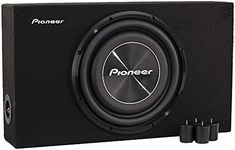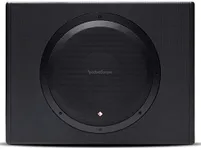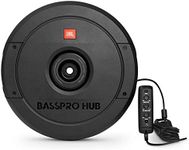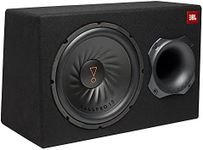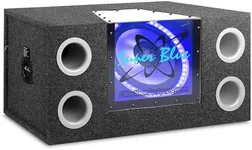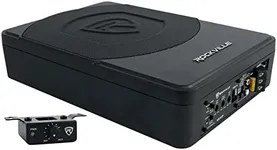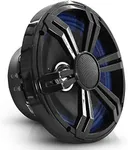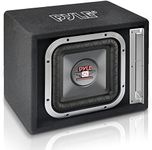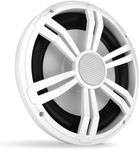Buying Guide for the Best Car Subwoofers
Choosing the right car subwoofer can significantly enhance your in-car audio experience by providing deep, rich bass that standard speakers often can't deliver. To make an informed decision, it's important to understand the key specifications and how they relate to your needs and preferences. Here are the main specs to consider when selecting a car subwoofer.Power HandlingPower handling refers to the amount of power a subwoofer can handle, measured in watts. This is important because it determines how loud and clear the bass will be. Subwoofers are typically divided into RMS (continuous power) and peak power (maximum power for short bursts). If you enjoy loud music or have a powerful amplifier, look for higher RMS values. For casual listening, lower RMS values will suffice.
SensitivitySensitivity measures how effectively a subwoofer converts power into sound, indicated in decibels (dB). Higher sensitivity means the subwoofer can produce more sound with less power. If you have a less powerful amplifier, a subwoofer with higher sensitivity (above 90 dB) will be more efficient. For powerful systems, sensitivity is less critical but still contributes to overall performance.
Frequency RangeThe frequency range indicates the range of sound frequencies the subwoofer can reproduce, measured in Hertz (Hz). This is important for capturing the full spectrum of bass sounds. Subwoofers with a lower minimum frequency (e.g., 20 Hz) can produce deeper bass. If you prefer a balanced sound with both deep and punchy bass, look for a subwoofer with a wide frequency range.
SizeSubwoofer size, typically measured in inches, affects both the sound quality and the physical space required in your car. Larger subwoofers (e.g., 12 inches or more) can produce deeper bass but require more space. Smaller subwoofers (e.g., 8-10 inches) are more compact and can fit in tighter spaces while still providing good bass. Choose a size that fits your car and meets your bass preferences.
ImpedanceImpedance, measured in ohms, affects how much power the subwoofer draws from the amplifier. Common values are 2 ohms, 4 ohms, and 8 ohms. Lower impedance subwoofers (e.g., 2 ohms) draw more power and can produce louder sound, but require a compatible amplifier. Higher impedance subwoofers (e.g., 8 ohms) are easier on the amplifier but may not be as loud. Match the subwoofer impedance with your amplifier for optimal performance.
Enclosure TypeThe type of enclosure (box) the subwoofer is housed in affects the sound quality. Common types are sealed, ported, and bandpass. Sealed enclosures provide tight, accurate bass and are compact. Ported enclosures offer louder, boomier bass but are larger. Bandpass enclosures produce very loud bass but can be less accurate. Choose an enclosure type based on your space constraints and bass preferences.

